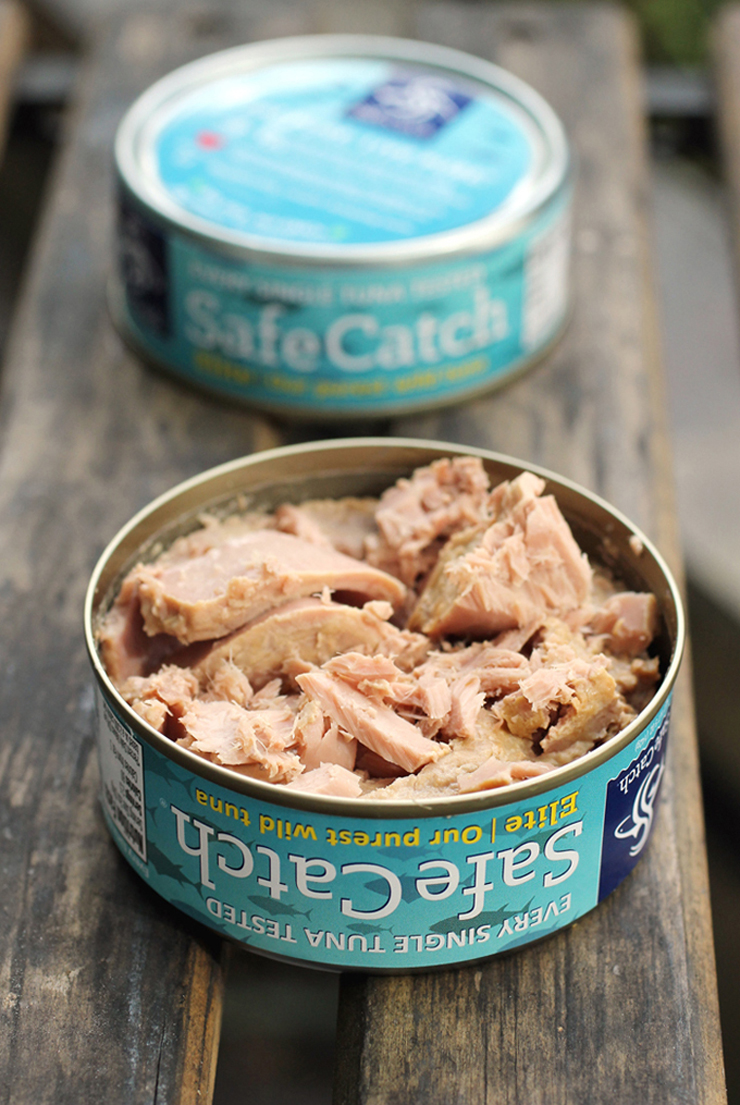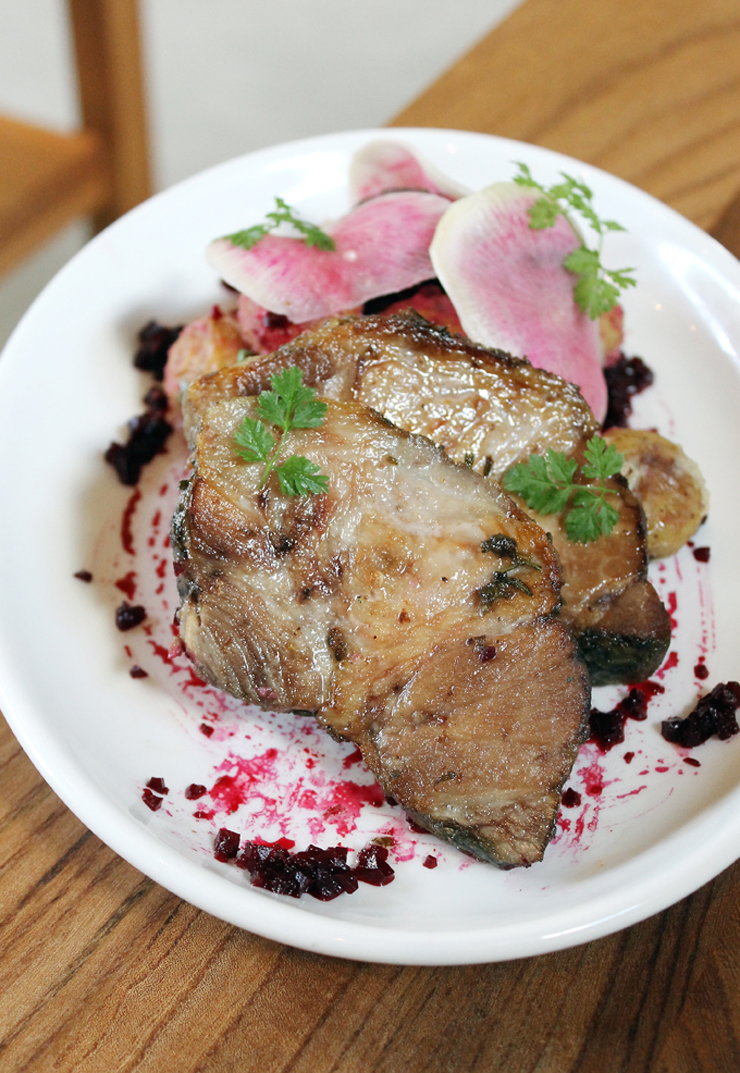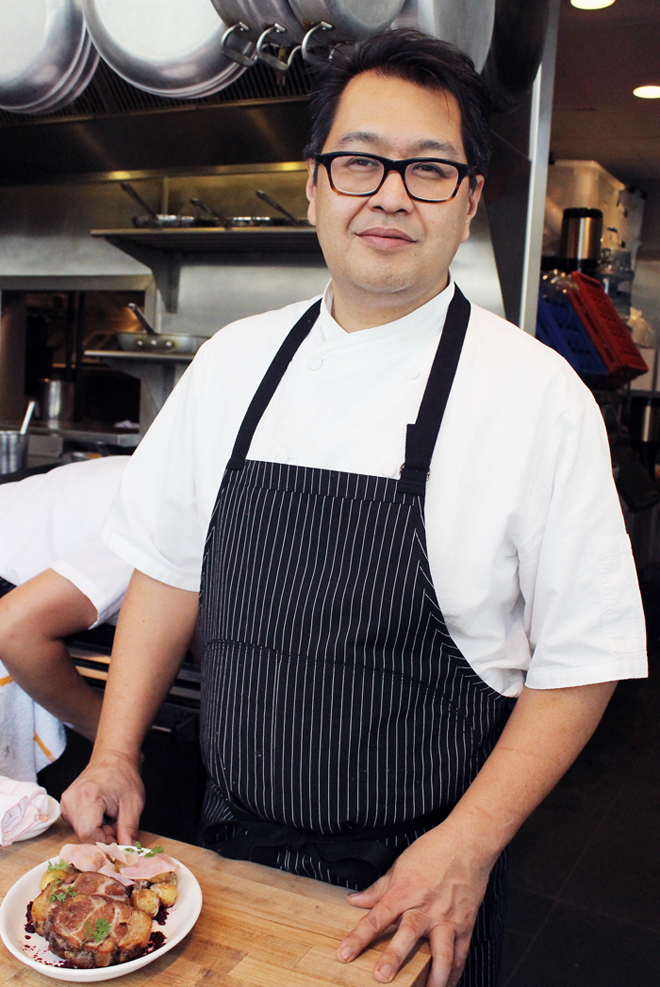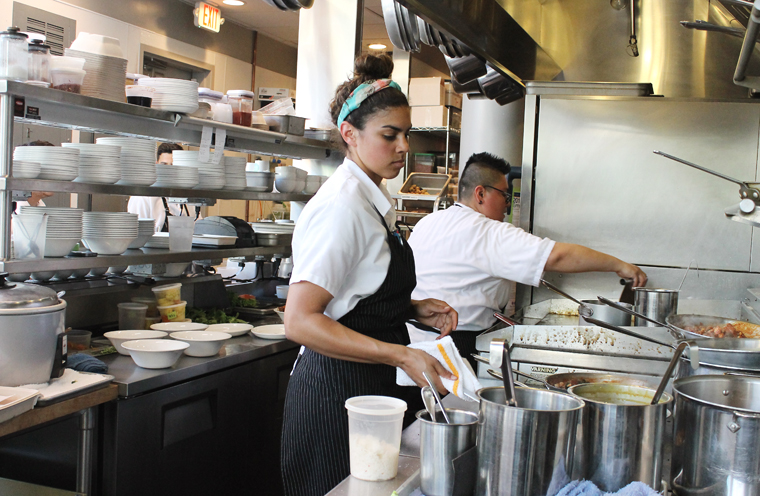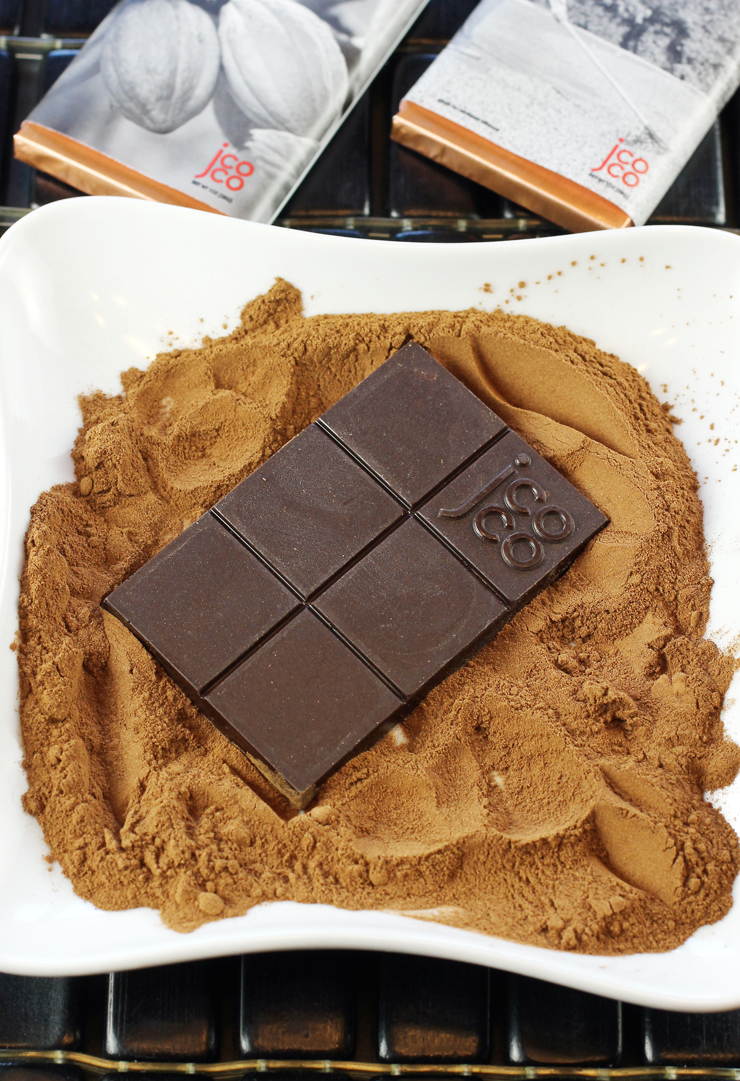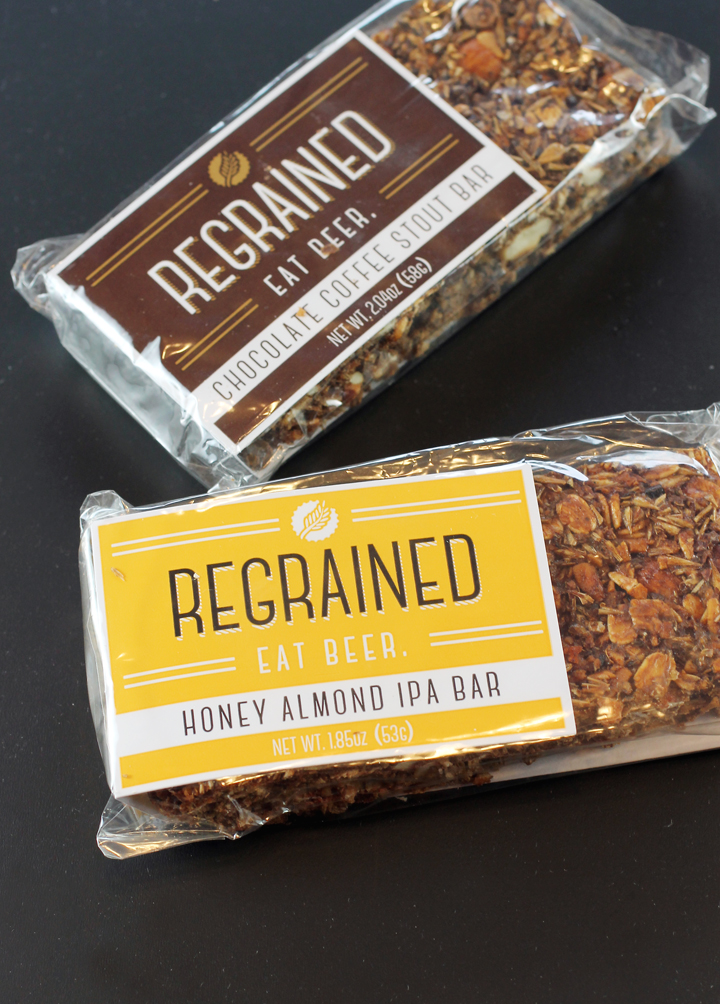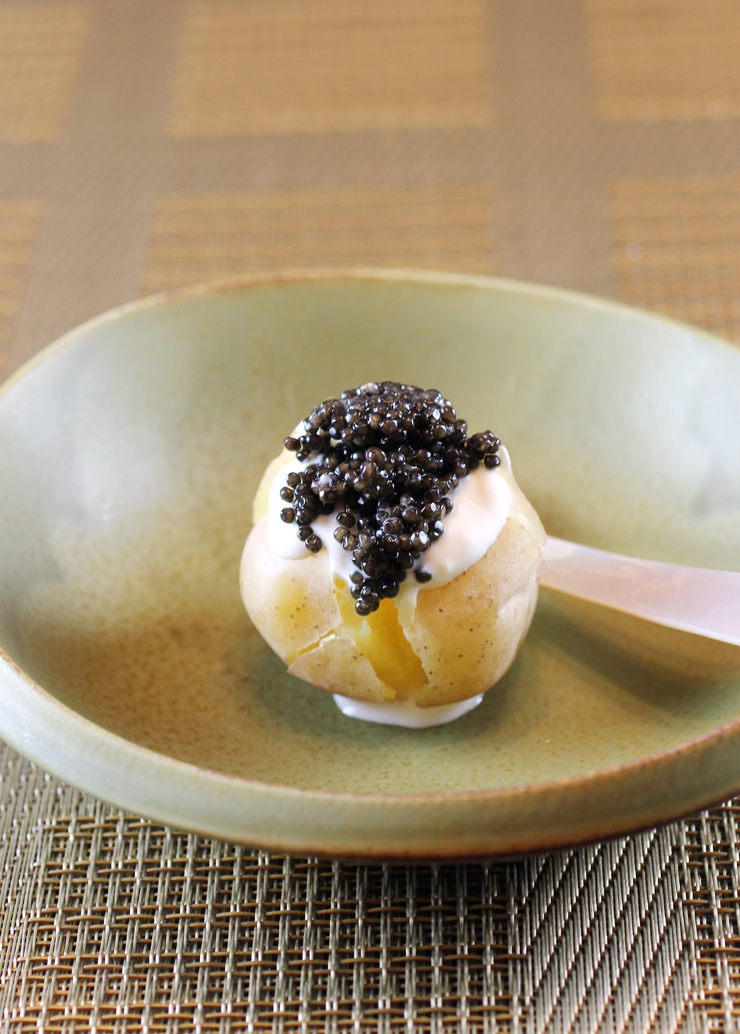A Better, Safer Canned Tuna From A Sausalito Company
Our love affair with canned tuna has ebbed and flowed over the years.
Beset by worries about mercury levels and unintended bycatch deaths of dolphins, Americans have cut back on their consumption recently. Still, it’s a good bet that there’s still a tin or two in our cupboards on a fairly regular basis because it’s hard to beat the convenience and versatility of the product.
Sausalito’s Safe Catch Elite Tuna, though, makes it easier for us to enjoy canned tuna with fewer worries.
Every tuna (albacore and skipjack) used by the company is tested for mercury, ensuring a limit of 0.1 parts per million which it touts is 10 times stricter than the FDA action limit. The tuna are wild, sustainably-caught, and additive-free. The fish are packed in BPA-free cans without any added water, oil or preservatives. In fact, the ingredients label on the can is as short as can be — just tuna and salt. You don’t even need to drain the can when you open it because there’s very little liquid in it.

